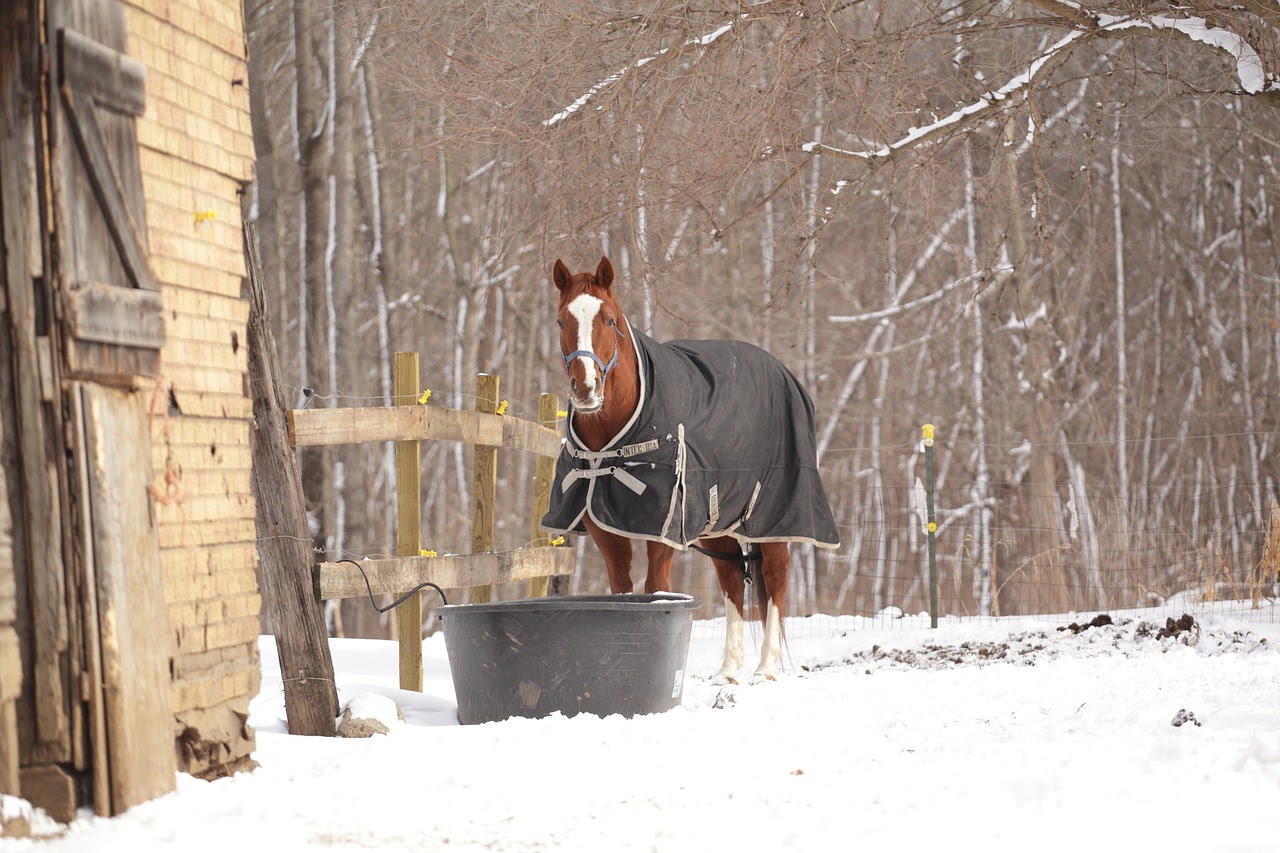Guest article courtesy of HorseChannel.com. The views and opinions expressed in this article are those of the guest author and do not necessarily represent the views of Val Heart & Heart Communication Enterprises Inc. This article “The Seven Stages of Aging on Horseback” was previously published December 11, 2013 and was updated on June 6, 2022.
What do we mean by aging on horseback?
About once a week I trail ride with my good friend Debbie. We showed horses together for many years, and I’m really enjoying introducing her to the more laid back experience of trail riding. So when she called to cancel this week, I was surprised. Then she explained that she’d taken a tumble off her gelding while riding in the arena, and needed to take it easy for a few days. We were both disappointed, and together we lamented how our bodies just don’t withstand the insult of getting tossed from the saddle anymore.
“Let’s face it,” I told Debbie. “We’re getting older. When we fall off we don’t bounce.”
Indeed. Though we used to consider falling off just another aspect of horsemanship, nowadays we see it as something we’d really like to avoid. It has nothing to do with fear and everything to do with a loss of elasticity that occurs to human bodies on the other side of thirty. Yet because we’re horse crazy women we continue to ride, leading the non-horsey folks around us to think we’re suffering from some kind of dementia. So that you can understand this concept better—or maybe prepare yourself—here’s a little chart that explains it all.
The Seven Stages of Aging on Horseback
Stage I:
Fall off pony. Bounce. Laugh. Climb back on. Repeat.
Stage II:
Fall off horse. Run after horse, cussing. Climb back on by shimmying up horse’s neck. Ride until sundown.
Stage III:
Fall off horse. Use sleeve of shirt to stanch bleeding. Have friend help you get back on horse. Take two Advil and apply ice packs when you get home. Ride next day.
State IV:
Fall off horse. Refuse advice to call ambulance; drive self to urgent care clinic. Entertain nursing staff with tales of previous daredevil stunts on horseback. Back to riding before cast comes off.
Stage V:
Fall off horse. Temporarily forget name of horse and name of husband. Flirt shamelessly with paramedics when they arrive. Spend week in hospital while titanium pins are screwed in place. Start riding again before doctor gives official okay.

Stage VI:
Fall off horse. Fail to see any humor when hunky paramedic says, “You again?” Gain firsthand knowledge of advances in medical technology thanks to stint in ICU. Convince self that permanent limp isn’t that noticeable. Promise husband you’ll give up riding. One week later purchase older, slower, shorter horse.
Stage VII:
Slip off horse. Relieved when artificial joints and implanted medical devices seem unaffected. Tell husband that scrapes and bruises are due to gardening accident. Pretend you don’t see husband roll his eyes and mutter as he walks away. Give apple to horse.
Trust me.
Despite a lack of bounce-ability, aging on horseback isn’t so bad, as long as you know what lies ahead. And as long as you keep your sense of humor.
Did you enjoy this article? You will want to check these out next:
Natural Remedies To Relieve Colic In Horses – Natural Horse Care Tips
The Missing Piece to Your Show Horse Team Solving Training Health and Performance Problems
Horse Riding Tips for Parents – Elise Gaston Chand on the Real Dr. Doolittle Show™






Leave a Reply